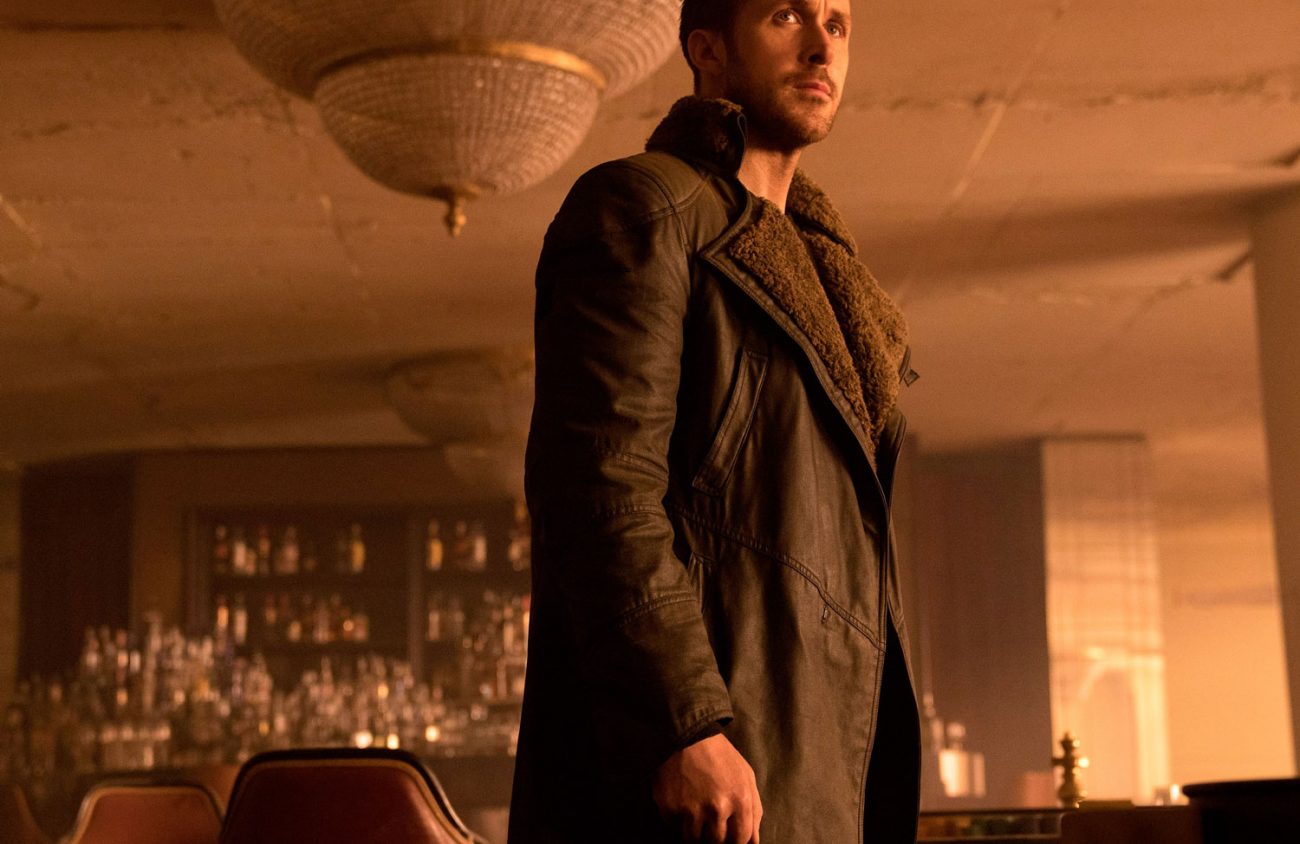Will we reach a moment in time when the real world looks more science-fictional than movies? Or does it already?
Ridley Scott’s Blade Runner, released in 1982, was set in 2019 — just 15 months from now. They have flying cars and replicants; we have tiny computers that go everywhere with us, digital cameras, drones and a constant connection to people around the world.
It’s always interesting what science fiction predicts and what it doesn’t. “We’re almost always wrong,” William Gibson has said of writers’ takes on the future. The Blade Runner movies, though, borrow plenty of cues from the past — these stories are driven by questions of who has autonomy, who’s fully human and what that means.
Or maybe it’s the present we’re talking about.
Blade Runner 2049 picks up the thread 30 years after Scott’s cult favorite. On the perpetually damp, occasionally snowy, deeply cavernous streets of Los Angeles, K (Ryan Gosling) hunts replicants — the bad ones, not the good, obedient ones like him. He stumbles onto a secret that could “break the world” according to his boss, Lt. Joshi (the underused Robin Wright), who wants him to erase all evidence of this secret.
Quest mode: activated!
K exists because a new tech guru, Niander Wallace (Jared Leto, enunciating hard), has created a new line of (supposedly) fully obedient replicants. But that’s not enough for Wallace, who cloaks his messianic garbage behind notions of improving the world. He wants them to breed.
Wallace’s desire and K’s secret are, of course, connected, because in this gorgeous new Blade Runner, the narrative slots neatly together in a way that’s tidy but unsatisfying. There are few surprises, and some moments in which you might wish director Denis Villeneuve (Arrival) and screenwriters Hampton Fancher and Michael Green would trust their audience just a teensy bit more and not beat us about the head with overlong scenes, some of which lead to obvious reveals (and, in one case, an unwatchably drawn-out death).
That time might’ve been better spent digging into some of the ideas that hover in the background, present yet unexamined. 2049 isn’t without philosophical questions, but they’re like pop-up video bubbles that appear and quickly dissipate. What are the hierarchies of artificial intelligence? Can believing you’re special make you a different person? Is giving something up — your family, your life — for a better future the most noble, most human thing you can do? What does it mean when we trust our memories to technology in one way or another?
And then there are the unasked questions: What does it mean to tell a story about autonomy and slavery that’s so intensely white? Why does this view of the future have such a heavy Asian influence and so few Asian characters? And why, especially in a story about bodies creating life, do the female characters revolve so fully around the men?
2049 is a breathtakingly beautiful movie; perhaps cinematographer Roger Deakins will finally get that Oscar. Villeneuve excels at depicting human forms in overwhelming spaces: tiny men under towering holograms, statues, cityscapes, looming concrete walls — lonely places that both isolate characters and remind us how vital they are, how much they want to live and how difficult that living can be.
A generous reading might view the film as a warning about how society functions when self-aggrandizing white men have all the power — of course K gets to investigate his humanity, but Luv (Sylvia Hoeks), Wallace’s right-hand replicant, doesn’t get that freedom to invest in herself.
Science fiction is as much about the past as the future, but shouldn’t the best of it suggest something more, something other than a neon-streaked, whitewashed vision of now?
